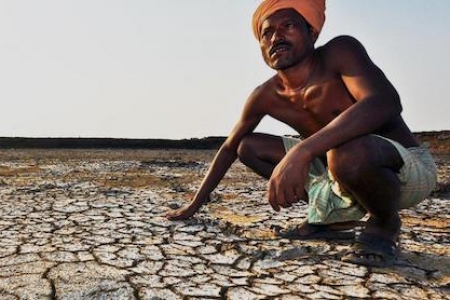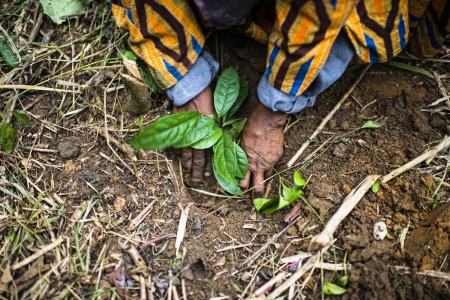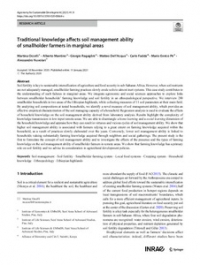Landscapes’ resilience depends, among other things, on the level of diversity among ecosystems and within the ecosystems within the landscape. In agricultural landscapes, the diversity of crops and other species determines the ecosystems’ health and their capacity to react to and recover from dramatic changes. The amount of crop diversity that farmers can use is affected by the number and nature of seed suppliers in agricultural landscapes. Smallholder farmers have distinct needs for a wide range of crop diversity adapted to their agroecosystems and for managing risks. Farmers in remote areas of developing countries face specific constraints in terms of availability of and accessibility to seed distributed by formal programs and organizations involved in seed production and supply. The local and informal seed systems that are essential for smallholders to have access to planting materials and to guarantee household food security, are gradually losing ground due to the weakening of social institutions and structures that support and sustain these systems and accompanying informal seed quality control mechanisms. This activity aims to reinforce seed systems by diversifying seed suppliers and improving the capacities of these suppliers to provide seed of a wide range of crop varieties. At the same time, this activity seeks to promote the alignment of local, national and international policies so that they better support the use of crop diversity for agricultural development and environmental sustainability. The ultimate goal is to improve agricultural landscapes’ resilience by ensuring the presence and good management of the necessary amount of diversity for crops to adapt and evolve in response to changing environmental conditions in particularly vulnerable areas.
menu











